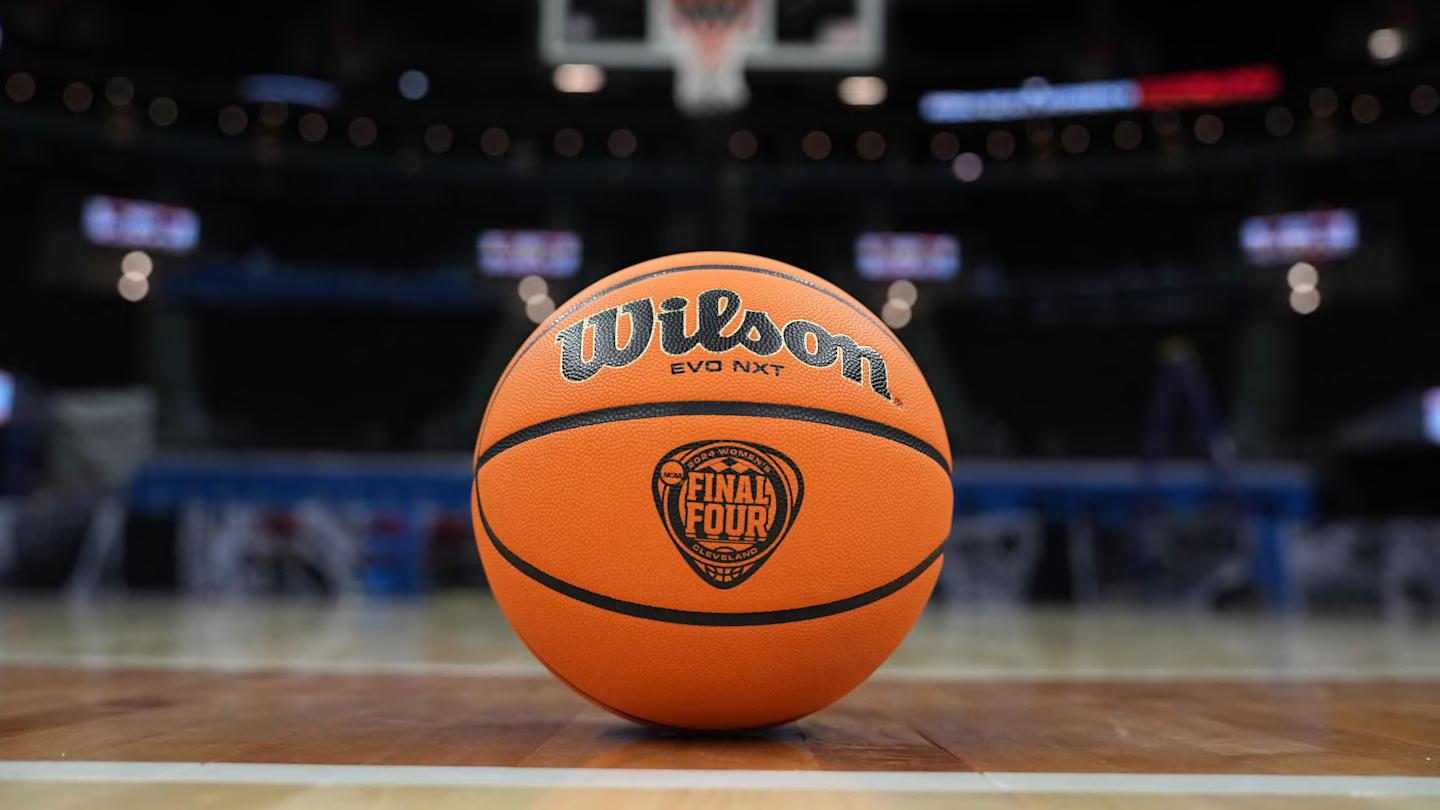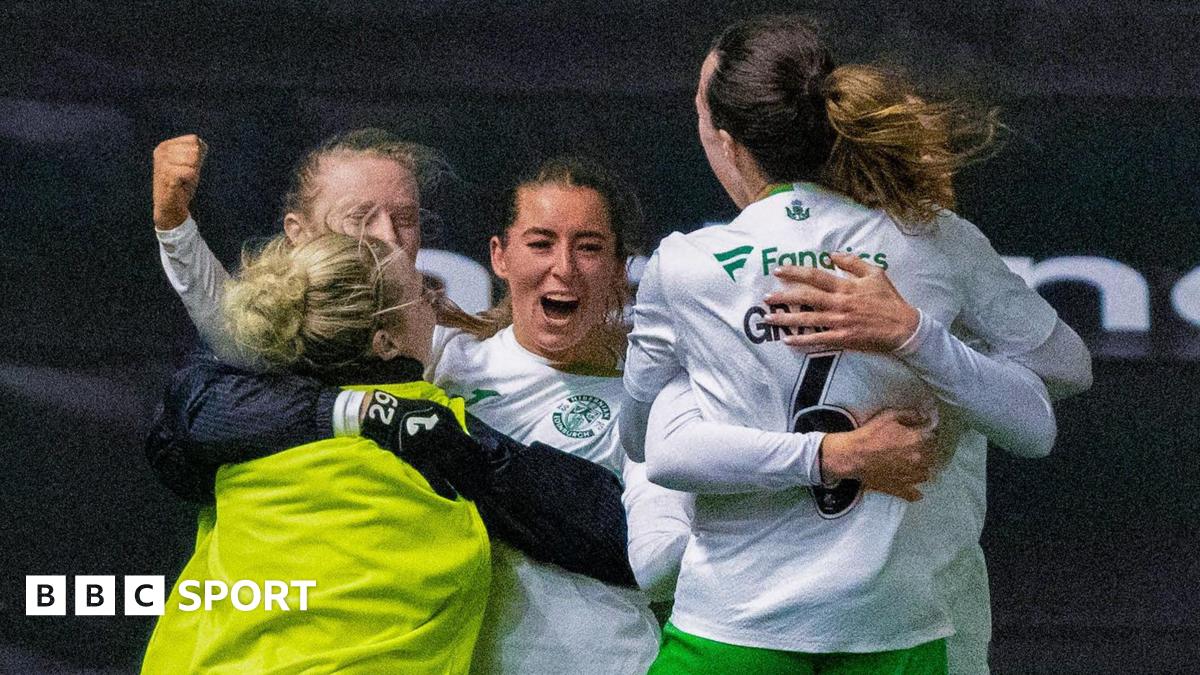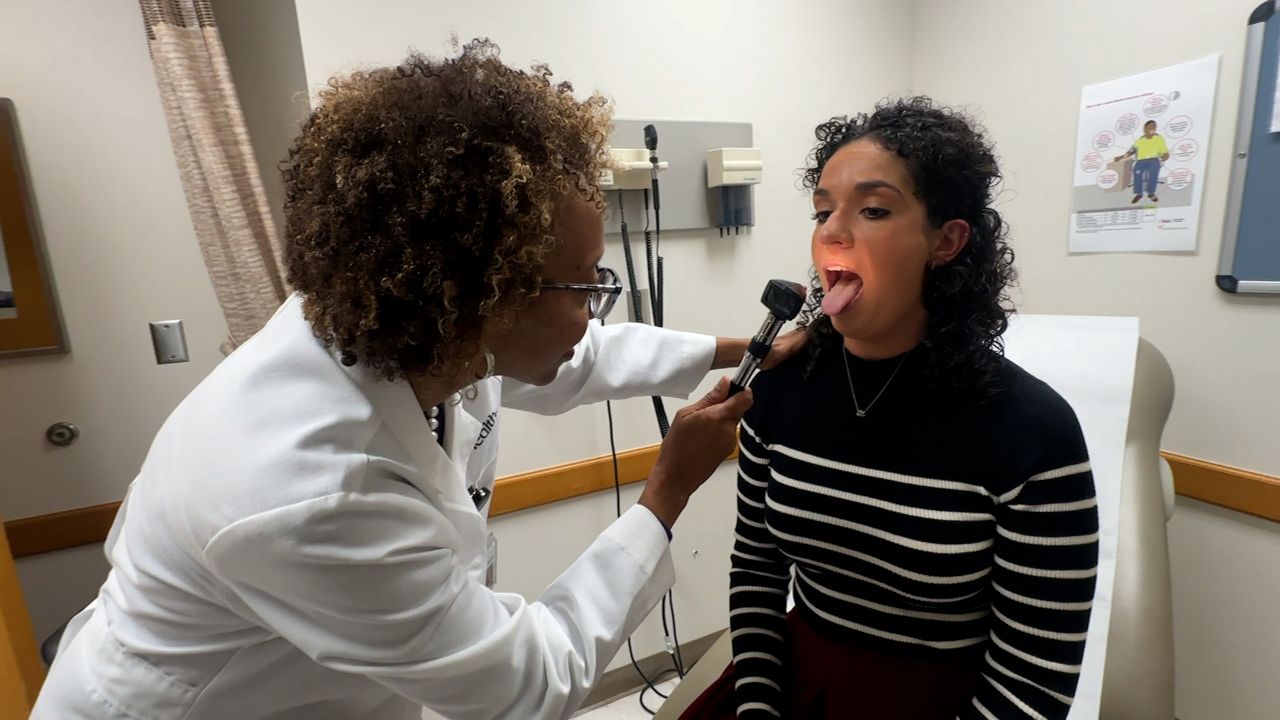Sports
Is collective bargaining in college sports on the horizon?

The federal judge overseeing the largest antitrust case in the history of college athletics had to pause preliminary approval of a multi-billion dollar settlement on Thursday amid concerns over how the NCAA has handled NIL collectives and third-party boosters.
After two hours of combing through the settlement’s language and NCAA bylaws, U.S. District Judge Claudia Wilken had to tell attorneys to “go back to the drawing board” after they had spent months working out the kinks of the $2.8 billion agreement. She challenged that the proposed revenue-sharing model would essentially be “pay-for-play,” though the NCAA insisted its rules regarding pay-for-play will still be in place — while schools will be permitted to share over $20 million in revenue per year with their student-athletes, per the settlement’s terms.
“You will be explicitly paying-for-play or allowing schools to pay-for-play, so that’s not pay-for-play?” Wilken said.
NCAA outside counsel Rakesh Kilaru countered it’s not pay-for-play — somewhat to Wilken’s surprise given her understanding of how boosters work.
As Wilken went back-and-forth with attorneys regarding the true definition of a “booster,” it was clear the settlement was far from being approved. The judge argued the terms would allow the NCAA to govern NIL deals done through third-parties, which she contended would operate as a salary cap. The actual terms in the settlement specify that boosters must prove NIL deals are for a “valid business purpose” rather than pay-for-play.
“I think we’ve got problems with this, and I don’t have an idea of how to fix them,” Wilken said. “So I think I’m just gonna have to throw this back on you all to see if you can come up with something better.”
NIL collectives have played a key role in the ever-evolving state of college athletics. An anonymous poll from CBS Sports revealed men’s college basketball coaches in power conferences are routinely asked for $1 million in NIL money from transfer players. One coach even said a player asked for $5 million.
Putting together a 13-man roster at the Division-I level isn’t cheap, and since NIL legislation went into effect in 2021, third-party collectives and boosters have invested heavily into making sure their programs stay relevant. The settlement’s terms wouldn’t completely wipe out collectives, though Wilken’s concerns regarding the NCAA’s attempted control over NIL deals are valid because that would essentially create another antitrust issue.
“By setting a cap on how much each school may pay its athletes, the Settlement entrenches a zero-sum game where class members must compete with one another for a share of the artificially limited compensation pool,” read one official objection to the proposed settlement.
As outlined across different complaints, certain groups of current and former student-athletes feel their interests weren’t taken into account when the settlement was introduced earlier this summer. One group of objectors from Colorado felt the damages exceeded $24 billion; another group felt the settlement “discriminates” women student-athletes because a bulk of the damages will go to men’s basketball and football players.
Wilken challenged how the NCAA would deliver and determine the amount of back pay it dishes out to each class of student-athletes. Nothing to do with Title IX was spelled out in the settlement, nor were the terms “lost opportunity” and “denied compensation rights” very clear. Needless to say the attorneys in the case have a lot of work to do over the next three weeks, though it’s becoming more clear the solution to the problem is the not-so-simple-yet-obvious one: collective bargaining.
The NCAA doesn’t recognize student-athletes as employees, though some in college athletics feel that unions and CBAs are inevitable. A third circuit court in July held that student-athletes are not barred from being considered employees under the Fair Labor Standards Act. According to the ruling “college athletes may be employees under the FLSA when they (a) perform services for another party, (b) ‘necessarily and primarily for the other party’s benefit,’ (c) under that party’s control or right of control, and (d) in return for ‘express’ or ‘implied’ compensation or ‘in-kind benefits’.”
The ruling was part of the Johnson v. NCAA case, in which several NCAA Division-I athletes sued the NCAA and member institutions in 2019 alleging that they were employees of their institutions and the NCAA and were therefore entitled to the federal minimum wage. The NCAA asserted that student-athletes are “amateurs,” not employees, though the court denied the NCAA’s motion to dismiss the case.
Now, as the most important antitrust case hangs in the balance, it might be time for the student-athletes to get a seat at the table — for real.
“If I had to bet, in three years, five years, whatever it is, some college athletes are going to be employees because that’s really the only way you can solve all these antitrust problems and actually legally create these restrictions that they want to create, like we see in pro sports,” said Mit Winter, an attorney specializing in NCAA sports law and Title IX at the Kennyhertz Perry law firm, to CBS Sports.







